Cryptocurrency is not just a financial revolution; it is also a cultural movement. Alongside blockchain and digital assets came a language of slang and memes that unites communities and often confuses outsiders. For crypto enthusiasts in the UAE and beyond, mastering this lexicon is essential to understanding the conversations that drive markets and memes alike. Here, we ask the question “Wen Lambo?” and dive deep into the terms that shape crypto culture.

Check out: UAE CRYPTO: THE FUTURE OF FINANCE
HODL: From Typo to Mantra
The term HODL emerged in 2013 when a frustrated Bitcoin investor misspelled “hold” in a forum post. Instead of fading into obscurity, the word became a rallying cry for long-term believers. To HODL means to resist panic-selling during downturns, showing faith in eventual recovery.
HODLing has since become an investment philosophy. For example, during Bitcoin’s crash in March 2020, HODLers in Dubai Telegram groups encouraged each other to stay firm. Today, the word represents patience and conviction in the face of volatility.
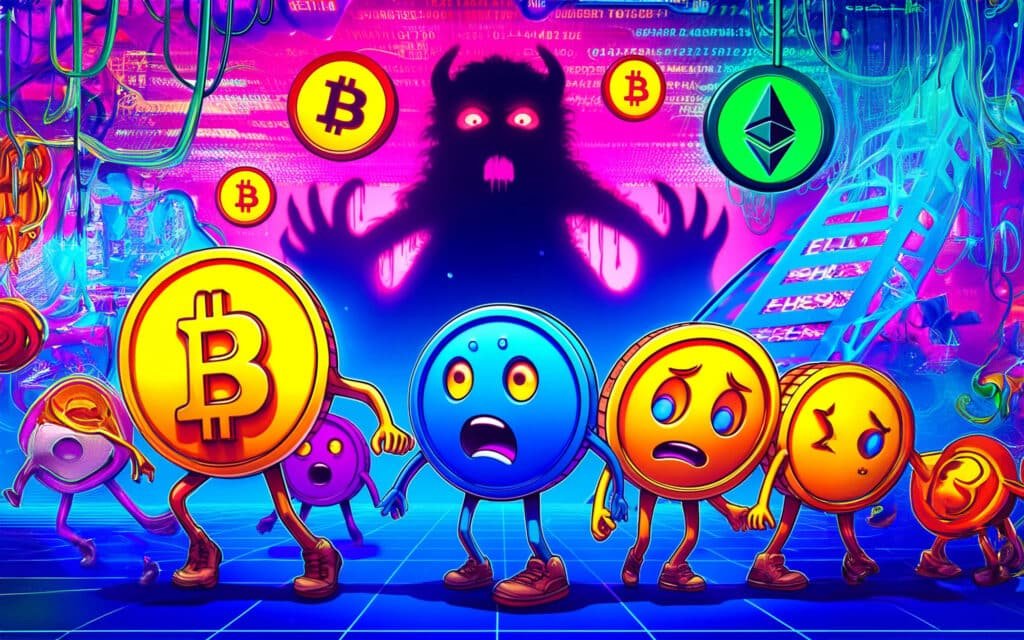
FOMO: Fear of Missing Out
FOMO is that anxious feeling when others profit from a rally, and you rush to buy in late. In crypto, FOMO fuels bubbles. Dubai traders often discuss FOMO in the context of meme coins, where hype spreads faster than due diligence. The 2021 Dogecoin surge is a prime case, where fear of missing out pushed latecomers into losses.

FUD: Fear, Uncertainty, and Doubt
FUD is the spread of negative, sometimes false, information to shake confidence. In crypto, it often appears before big price drops. A 2022 example was rumours of an Ethereum ban, which spread widely on Twitter. In UAE crypto circles, FUD discussions highlight the importance of verifying news before reacting.
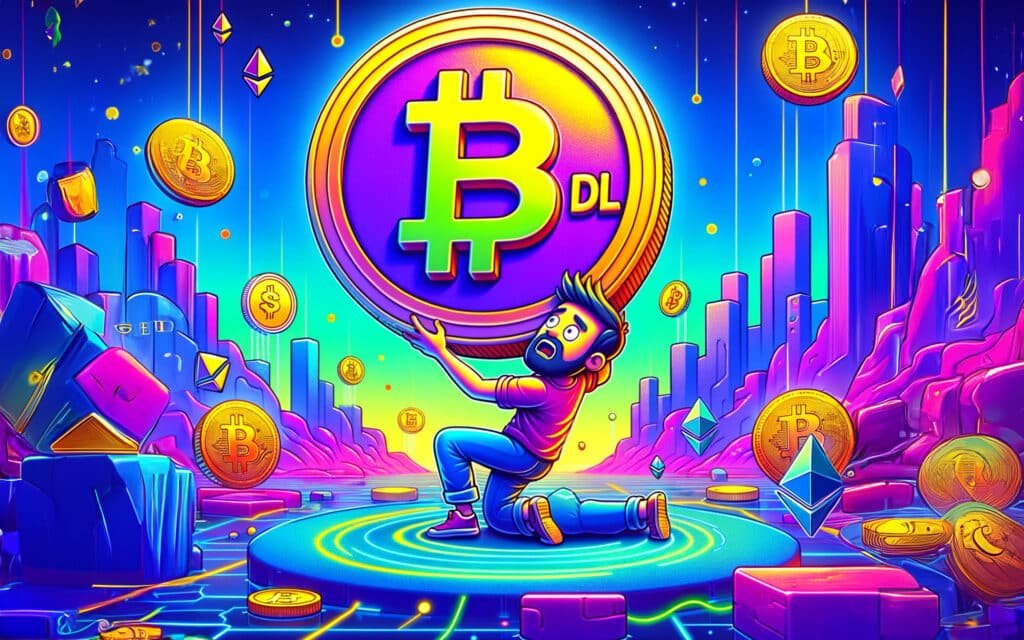
Whale: The Market Movers
A Whale is someone who holds such large amounts of crypto that their trades can move markets. One Bitcoin whale shifting thousands of BTC to an exchange often sparks speculation. In the UAE, local investors follow whale alerts to anticipate big moves before trading themselves.

Shill: Promoting With an Agenda
To Shill means to hype up a coin, often for self-interest. Social media influencers sometimes promote projects they secretly hold, hoping others will buy in. The UAE saw this during NFT booms in 2021, where shilling flooded Instagram and Telegram channels.

Bagholder: Refusing to Let Go
A Bagholder keeps holding onto a coin even after it collapses. The 2017 ICO boom created countless bagholders, many of whom refused to sell tokens that became worthless. Today, the term is used with humour in Dubai meetups, as traders recall their worst investments.
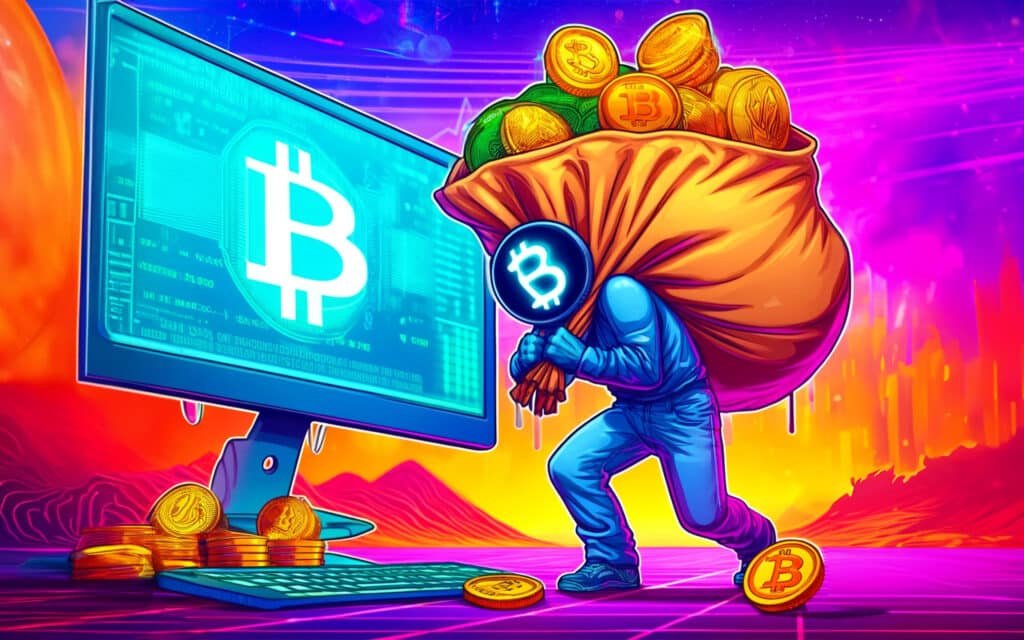
Pump and Dump: Classic Market Scam
A Pump and Dump scheme manipulates prices upward before orchestrators sell off at the peak. In 2021, pump-and-dump Telegram groups targeted new tokens weekly. Authorities in the UAE have since warned against such scams, reminding investors to research before buying.

Mooning: When Prices Rocket
When a coin is Mooning, its value is skyrocketing. The phrase “to the moon” embodies optimism and is tied to meme culture. In 2021, during Bitcoin’s rally to $64,000, crypto cafes in Dubai were buzzing with “mooning” talk.

Sats: Bitcoin’s Smallest Unit
Sats, short for Satoshis, are the smallest unit of Bitcoin. One Bitcoin equals 100 million sats. In Dubai trading chats, sats are often used to discuss micro-transactions. For example, buying coffee with Bitcoin Lightning often involves paying in sats.

ATH: All-Time High
An All-Time High marks the peak price of a coin. Traders track ATHs to gauge momentum. Bitcoin’s ATH of nearly $69,000 in 2021 was celebrated worldwide, including in UAE crypto meetups where it symbolised mainstream adoption.
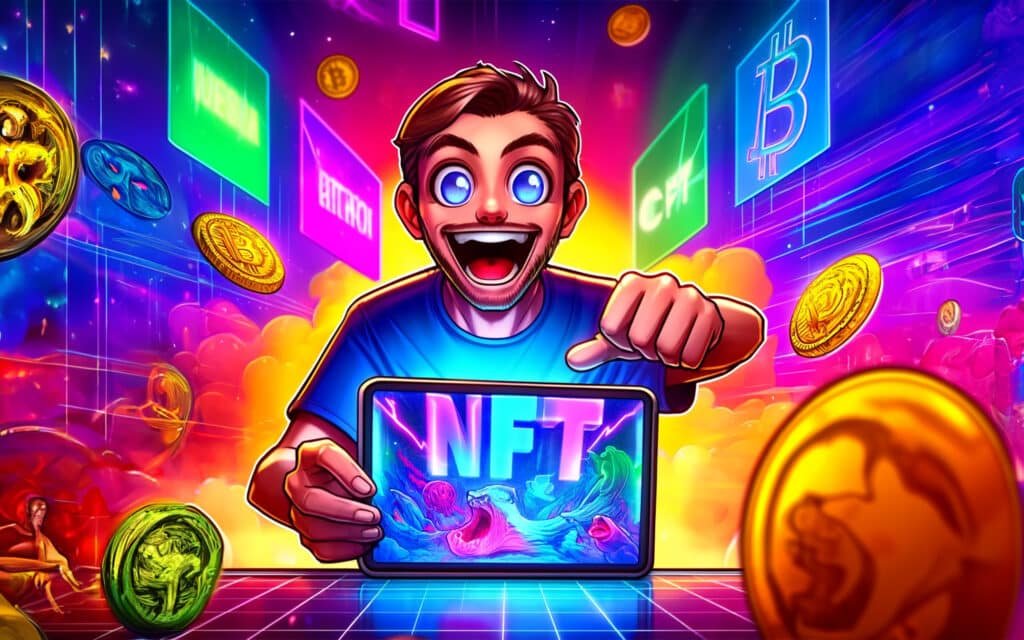
DeFi: Decentralised Finance
DeFi removes intermediaries from finance, using smart contracts for lending, trading, and insurance. In Dubai, DeFi projects attract growing attention, especially with government-led blockchain initiatives. For UAE investors, DeFi signals both opportunity and risk.

Rug Pull: When Developers Vanish
A Rug Pull happens when developers drain funds from their project and disappear. This scam is notorious in DeFi. In 2021, UAE Telegram groups discussed several rug pulls, urging the community to vet projects carefully before investing.
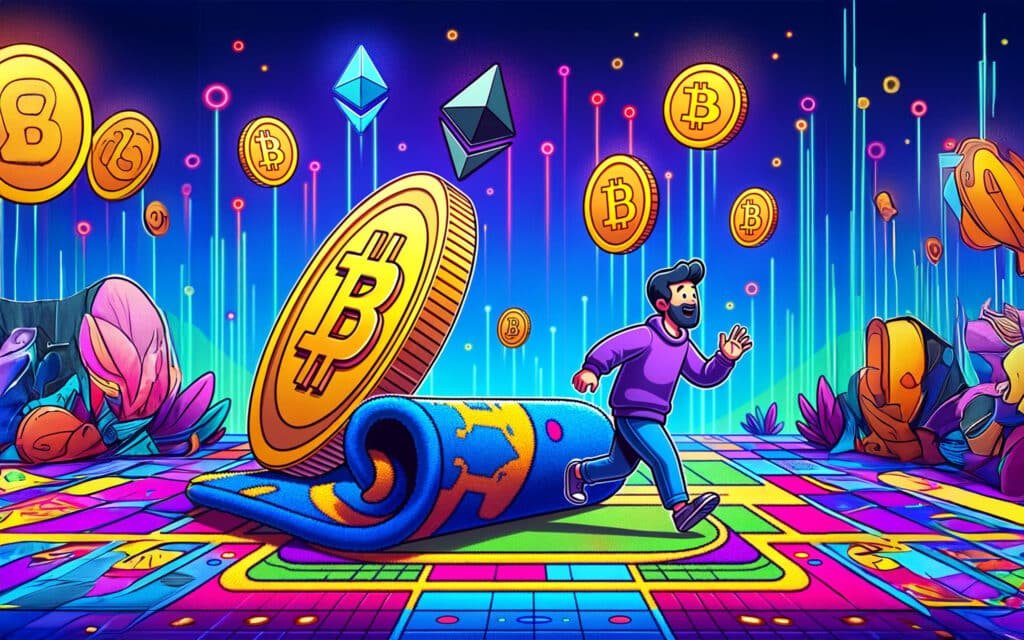
Gas: The Price of Transactions
On Ethereum, Gas is the fee paid for network computation. Gas spikes during NFT launches became infamous in 2021. UAE NFT collectors felt this firsthand, paying hundreds of dirhams in fees for transactions during popular drops.

NFT: Digital Collectibles
Non-Fungible Tokens (NFTs) represent ownership of unique digital items. In the UAE, NFTs surged in popularity with galleries in Dubai showcasing blockchain art. From Beeple’s record sales to local Emirati artists minting NFTs, the trend has deeply impacted regional culture.
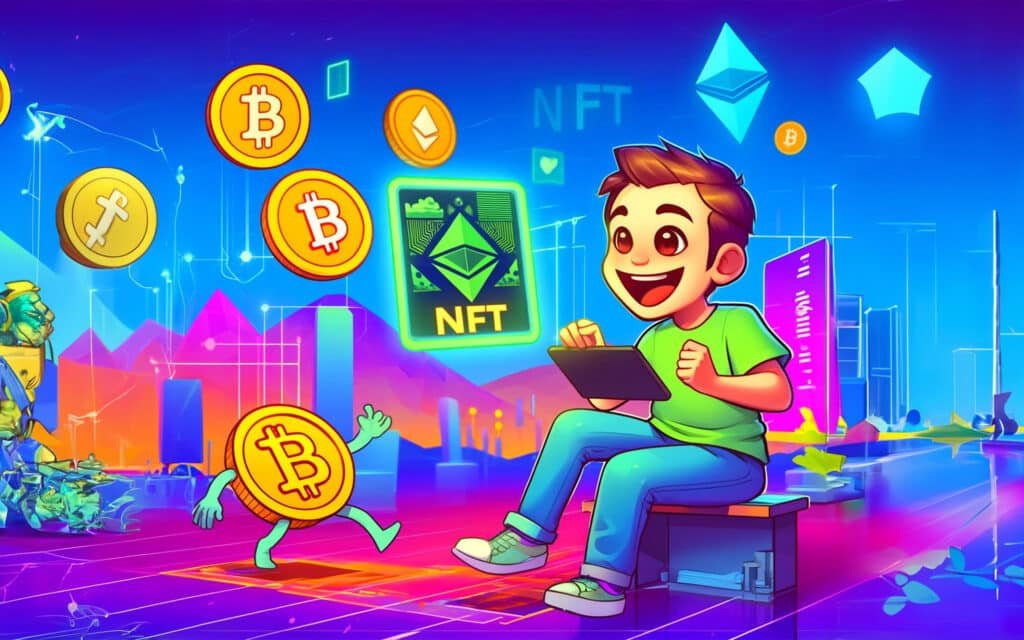
Wen Lambo: The Meme of Wealth
The phrase “Wen Lambo” asks: when will profits buy a Lamborghini? Born in early crypto forums, it reflects the culture of speculation and high expectations. In Dubai, where Lamborghinis cruise Sheikh Zayed Road daily, the phrase resonates strongly, blending global meme culture with local luxury.

ICO: Initial Coin Offering
An ICO is a fundraising method where tokens are sold before launch. In 2017, ICOs raised billions but also produced countless scams. Today, UAE regulators impose stricter rules to protect investors from fraudulent offerings.

Altcoin: Beyond Bitcoin
Altcoins are all cryptocurrencies besides Bitcoin. Ethereum, Solana, and meme coins like Shiba Inu fall into this category. In UAE trading groups, discussions of altcoins often focus on diversification beyond Bitcoin dominance.
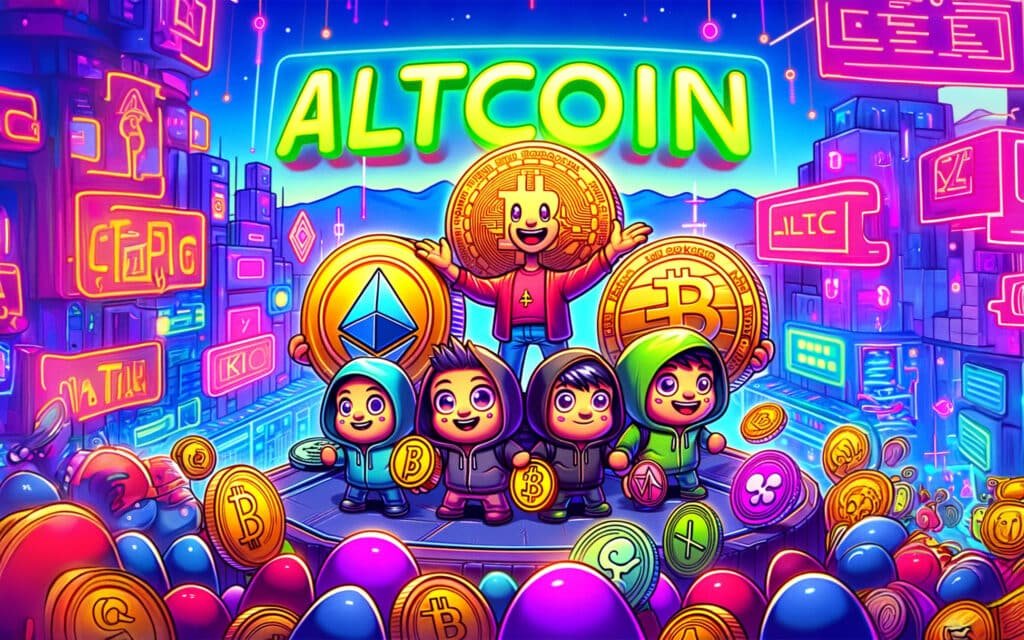
HODLer: The Committed Investor
A HODLer sticks to long-term holding strategies. Despite downturns, HODLers believe assets will recover. Many early adopters in Dubai still wear the title proudly, having survived multiple bear markets.

Bearish/Bullish: Market Sentiment
Bearish means expecting prices to fall, while Bullish means confidence in rising prices. Traders in UAE markets use these terms daily in Telegram groups to discuss their outlooks before big events like Bitcoin halvings.

Fiat: Traditional Money
Fiat refers to government-issued money like US Dollars, Euros, or UAE Dirhams. In crypto, fiat is often contrasted with decentralised currencies. For UAE investors, fiat remains crucial for on-ramps and off-ramps into exchanges.

FAQs:
- What does Wen Lambo mean? A humorous phrase asking when crypto gains will buy a Lamborghini.
- What is HODL in crypto? Holding assets long-term despite volatility.
- What does FUD mean? Fear, Uncertainty, and Doubt used to spread negativity.
- What is a Rug Pull? A scam where developers abandon a project after taking funds.
Up next, we’ll be talking about Crypto Wallets like TANGEM.



